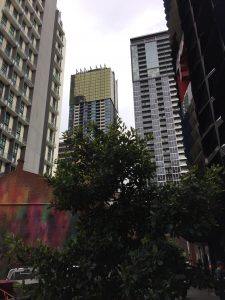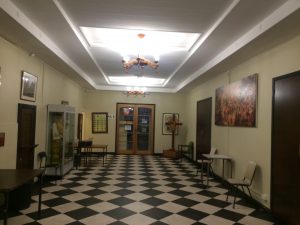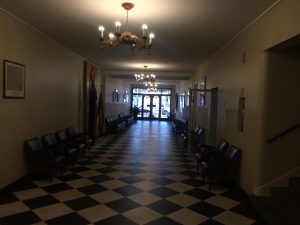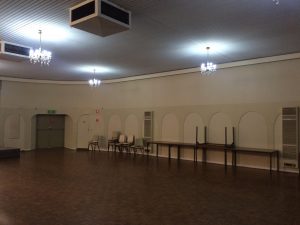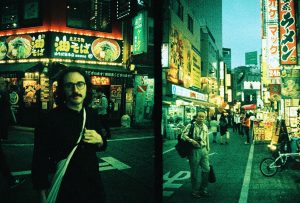
The debate over which medium to store, record and listen to music is as relevant today as it was when the distribution of music on the compact disc was popularised. With today’s listener’s sensitivity to ever lowering bit rates and harder compression thresholds sub consciously or almost by choice disappearing, the general population, not including audio enthusiasts or ‘audiophiles’, are choosing convenience over listening aesthetic. However, there is a rapidly growing movement into the re-popularisation of purchasing and releasing audio on vinyl [1], with the Entertainment Retailers Association (ERA) revealing that in 2016, 2.4 million pounds were spent on vinyl in the UK, vs 2.1 million pounds of digital sales [2].
The methods of recording audio with either analog or digital equipment, can drastically alter the creative process [3]. When using a Digital Audio Workspace (DAW), the musician has a large amount of control over every aspect, making takes, effects, editing to the millisecond etc., allowing even beginners to create. DAWs are very flexible with mistakes made during recording, ‘punching in’ (recording at specific score moments) of songs by allowing endless amounts of tracks and time control. Whilst extremely efficient and convenient this can significantly harbour a musician’s creativity, by almost artificially forming an instrument part, piece by piece, and not experiencing it as a string of emotional experiences. The analog process is completely different, with luxuries such as endless tracks, time control and hardware limited. This forces the musician to carefully construct their piece, from considerations of instrument tone to assessing the instrument’s overall contribution. It forces the musican to slow down and to consider their piece, as would a painter etc. This process is lost in digital environments where the possibilities are endless.
Recording and listening to music pressed to vinyl or released on reel to reel recorders are subjected to an uncontrollable introduction of impurities, such as vinyl distortion (popping, crackle), audio tape warping or warbling and subsequent frequency dynamic range (the “warm” feeling). These impurities are not necessarily a bad thing; they provide the music with character introduced by the hardware, which to some is a pleasing, more organic result.
This short music piece aims to explore and utilise the aforementioned benefits and limitations of recording analog hardware. It was recorded solely on a Tascam TSR-8, 8 Track 1/2” Reel to Reel tape recorder, using Roland Juno 106 and Casio CZ-5000 vintage synthesizers. The piece is highly influenced by David Bowie’s Crystal Japan. It attempts to convey the physical struggle of adapting to the more difficult medium of analog hardware, yet the euphoric experience of the recording method and overall sound, through moments of both sad, nostalgic and uplifting emotions. Extreme care was taken when crafting the synthesizer tones and their overall contribution to the piece, as there was not external equalisation or compression etc. hardware and little control over the flow of the music. Tape hiss and warble was left deliberately to provide the listener with the experience of aesthetically pleasing impurities, and the instruments were recorded ‘hot’ to achieve natural tape compression and extra hiss.
When you listen to the piece, please take care in considering each instrument and appreciate its organic response to tape and harmonic blend with the other instruments.
[1] Brands take a spin on vinyl’s comeback: Retailers and marketers want to get in on the good vibrations as record sales surge. Poggi, Jeanine. Advertising Age; Chicago84.34 (Sep 30, 2013): 12.
[2] The State Of Music In 2016: Vinyl Vs. Digital. Hasse, Javier. Benzinga Newswires; Southfield [Southfield]08 Dec 2016.
[3] ED on Audio: Speaking in Tongues: The Analog vs. Digital Debate Tidemann, Pete. Entertainment Design – The Art and Technology of Show Business; New York, N. Y.36.9 (Sep 2002): 34.








